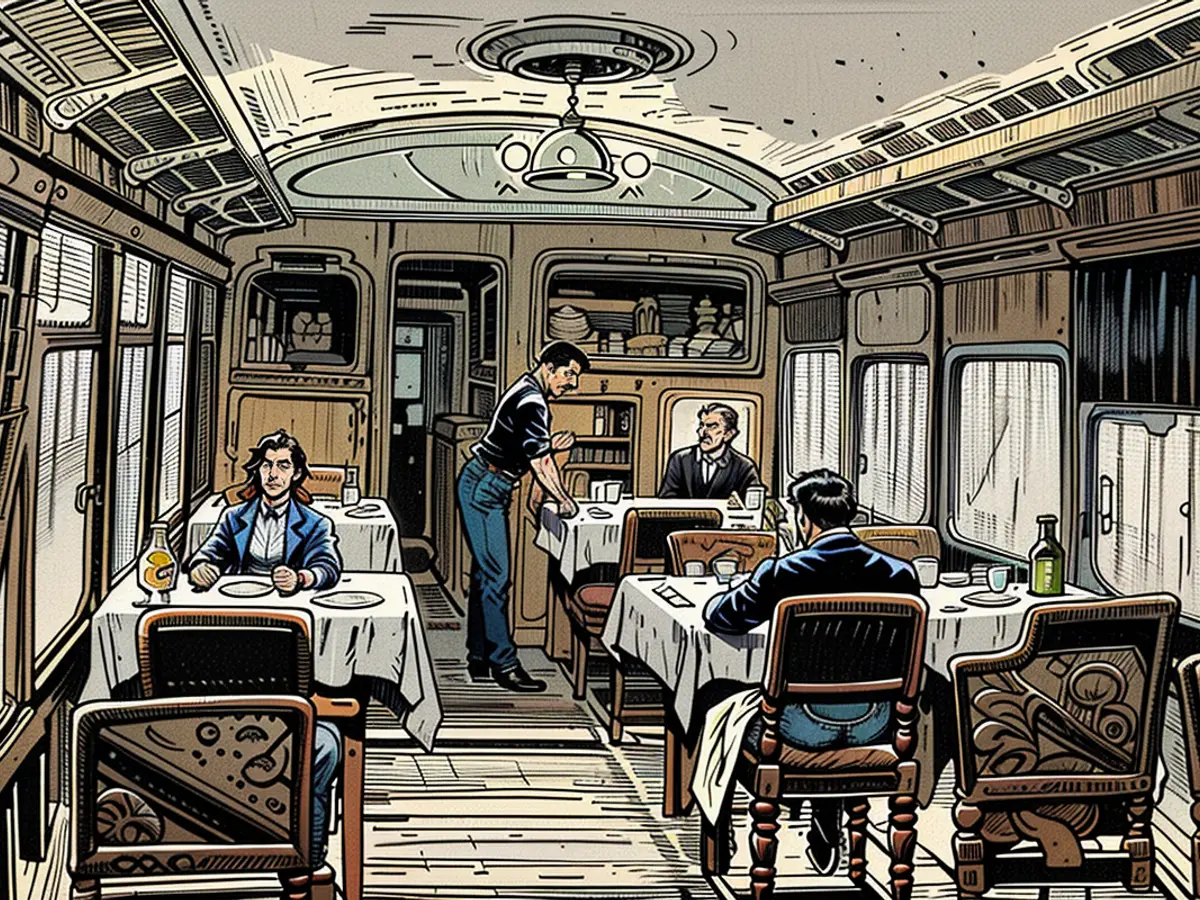In the epoch of opulence, dining cars aboard European railway trains epitomized extravagance.
The epitome of luxury, however, was found in the dining car. With a diverse menu consisting of oysters, chicken chasseur, turbot with green sauce, and numerous other delicacies, the offerings were so lavish that an additional section of a baggage car was converted for an extra icebox filled with food and alcohol. Waiters, impeccably dressed, served guests from crystal goblets and fine porcelain plates using silver cutlery. The dining car's interior was adorned with silk draperies, and artwork hung between the windows. As newspaper correspondent Henri Opper de Blowitz, a passenger on the maiden journey, described, "The bright-white tablecloths and napkins, artistically and coquettishly folded by the sommeliers, the glittering glasses, the ruby red and topaz white wine, the crystal-clear water decanters, and the silver capsules of the Champagne bottles — they blind the eyes of the public both inside and outside."
This opulent experience on the Orient Express was later immortalized in popular culture by authors such as Graham Greene and Agatha Christie. However, dining on the move was a remarkable feat of logistics and engineering. Just four decades earlier, the idea of preparing and serving hot meals aboard a train would have been nearly unimaginable.
In the early days of rail travel, passengers either brought their own food or, if scheduled stops permitted, dined at station cafes. In Britain, for instance, meals were served in so-called railway refreshment rooms from the 1840s, though the quality was often questionable. Charles Dickens, a frequent traveler on the UK’s railroads, recounted a visit to one such establishment, where he purchased a pork pie comprising "glutinous lumps of gristle and grease" that he "extorted from an iron-bound quarry, with a fork, as if I were farming an inhospitable soil."
A new era
The British may have pioneered rail engineering in the 19th century, but the dining car's story begins in America.

In 1865, engineer and industrialist George Pullman ushered in a new era of comfort with his Pullman sleepers, or “palace cars,” and then launching a “hotel on wheels,” called the President, two years later. The latter was the first train car to offer on-board meals, including regional specialties like gumbo, which were prepared in a 3-foot-by-6 foot kitchen.
Pullman followed his hugely successful President with the first ever dining-only car, the Delmonico, which was named after the New York restaurant considered to be America’s first fine dining establishment. By the 1870s, dining cars could be found on sleeper trains across North America.
But it was Belgian civil engineer and businessman Georges Nagelmackers who brought the idea to Europe and elevated the experience to new heights. He saw the potential for luxury sleepers on the continent and set about transforming rail travel with the Compagnie Internationale des Wagons-Lits (CIWL, or just Wagons-Lits), founded in 1872.
The firm quickly began producing the world's most glamorous dining and saloon cars — not only for its famous Orient Express but also for the Nord Express (from Paris to Saint Petersburg), Sud Express (from Paris to Lisbon) and dozens of other services, as the company came to dominate luxury rail travel in mainland Europe by the turn of the 20th century. Wagons-Lits also operated grand hotels along its routes, though the on-board dining remained central to the romantic appeal of train travel.
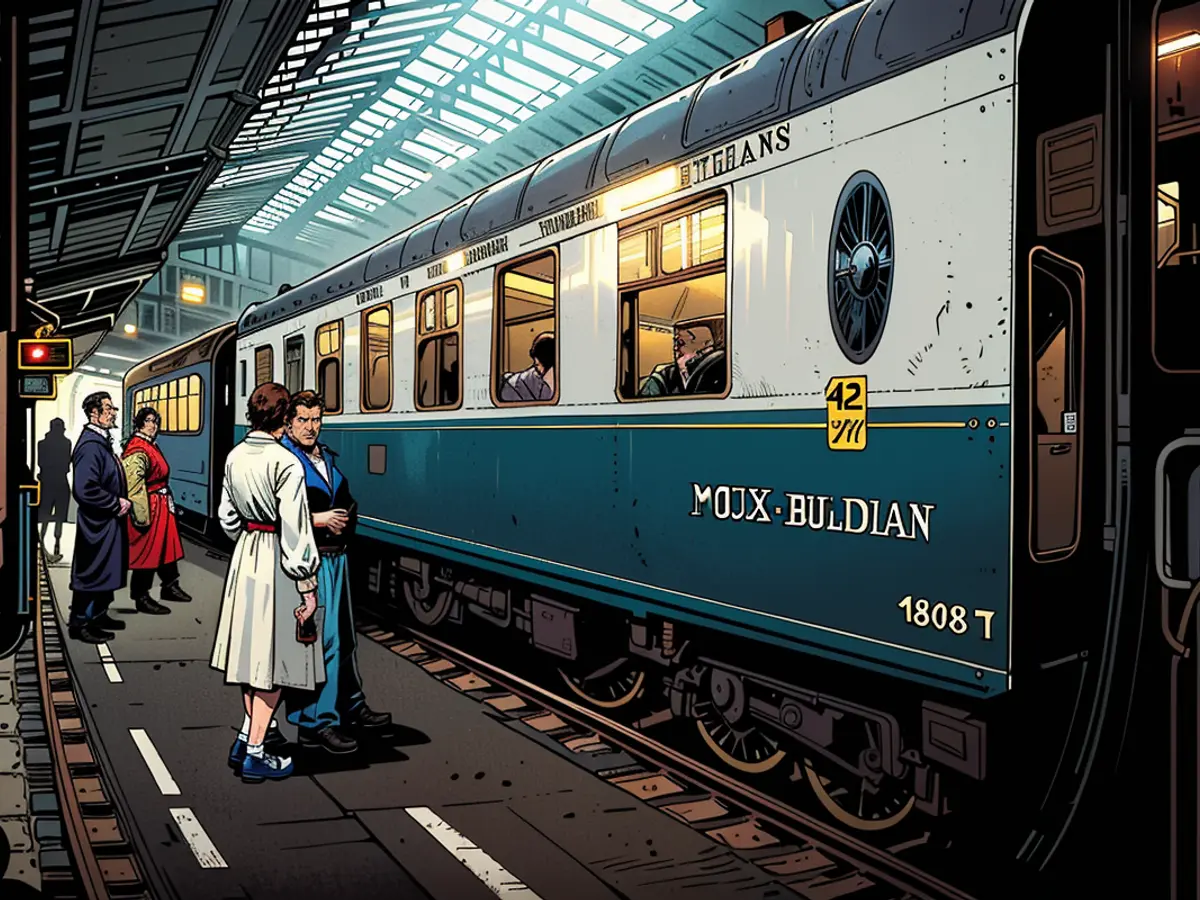
Meals were served at set times and were supervised by a maître d’hotel. And from the table service to the decor, the carriages embodied the French art of living, according to Arthur Mettetal, who recently curated an exhibition about the history of Wagon-Lits' dining cars at the Les Rencontres d'Arles photography festival in France.
“With the different menus, it was the same as (what) you could have at a really nice Parisian restaurant,” he told CNN on a video call. “Also, the tableware, the silverware, the decoration — everything combined was what was considered luxury at this time.”
Golden age
The 1920s are considered a “golden age” for rail travel in the West. As Europe emerged from the ravages of World War I, business travelers and adventurous vacationers began taking advantage of smoother, quieter, and faster steam trains.
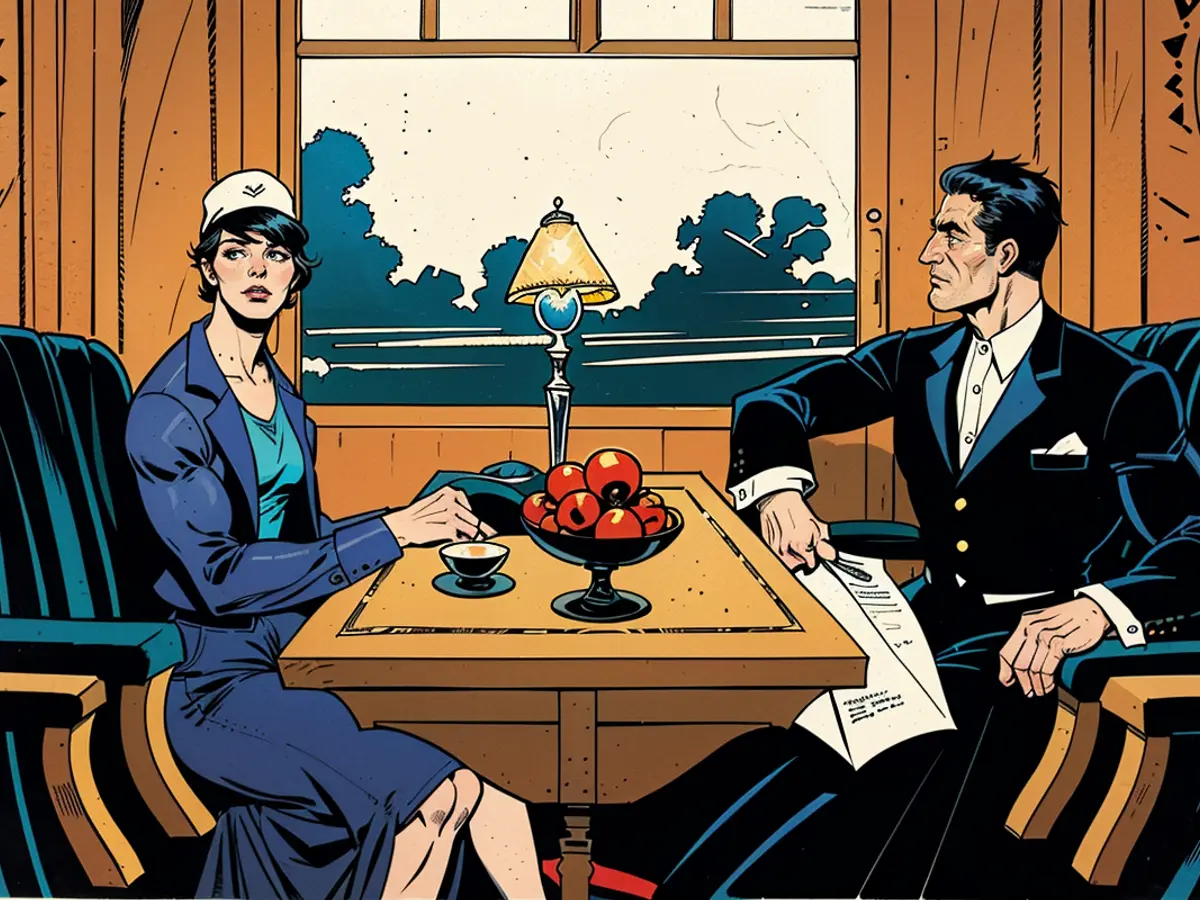
As Wagons-Lits' routes reached into North Africa and the Middle East, state-of-the-art metal cars replaced the old wooden ones. Celebrated artists and designers were meanwhile commissioned to decorate the cars, including the palatial dining ones.
By the end of the next decade, the company was operating over 700 dining cars — yet, an even greater on-board luxury had emerged by then: eating in one's seat.
Known as the Pullman lounges (the American industrialist's name had, by that point, become a byword for luxury train travel), Wagons-Lits' new car was introduced on various daytime services. Rather than waiting for lunchtime or dinner slots, passengers were served food directly to huge, winged chairs with comfortable headrests. The cars proved “revolutionary,” said Mettetal, describing them as “the most luxurious carriages ever created.”
Wagons-Lits turned to decorator René Prou and master glassmaker René Lalique to design the Orient Express’s new Pullman cars. They featured elegant marquetry and molded glass panels, and even the luggage racks “were transformed into gems of Art Deco,” read Mettetal’s exhibition notes.
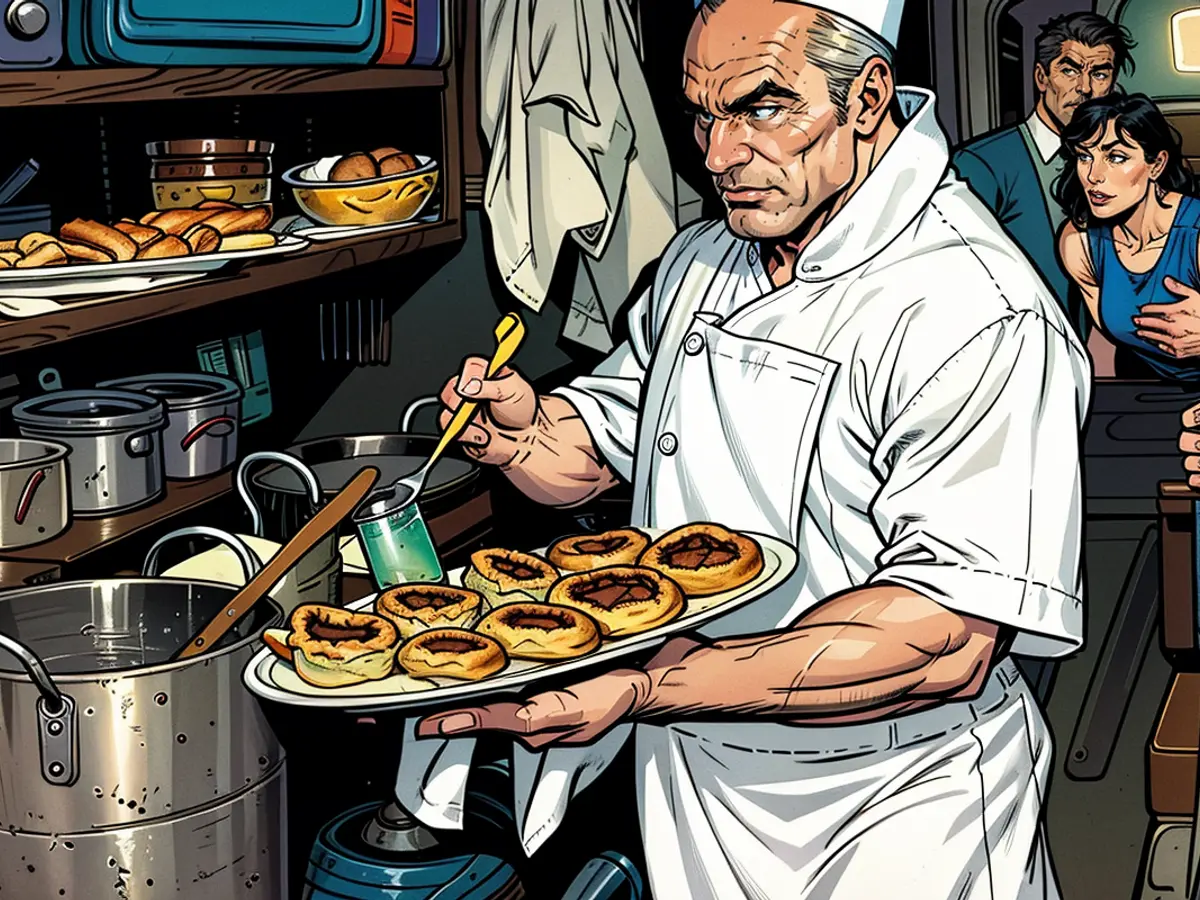
The simplicity and ease of dining on Wagons-Lits seemed to hide a complicated logistical scenario. Since 1919, the company ran a main kitchen inside a Paris hotel, which produced (and sometimes pre-cooked) food destined for their railway system. This move greatly lessened the workload of onboard cooks.
As Mettetal put it, "The kitchen within the dining car was merely seven to eight square meters, which made it quite challenging to cater for over 100 individuals."
With the aid of this remote kitchen, Wagons-Lits managed to serve around 2.5 million meals a year by 1947. However, this method of production also contained the seeds of the dining car's impending downfall.
Gradual decline
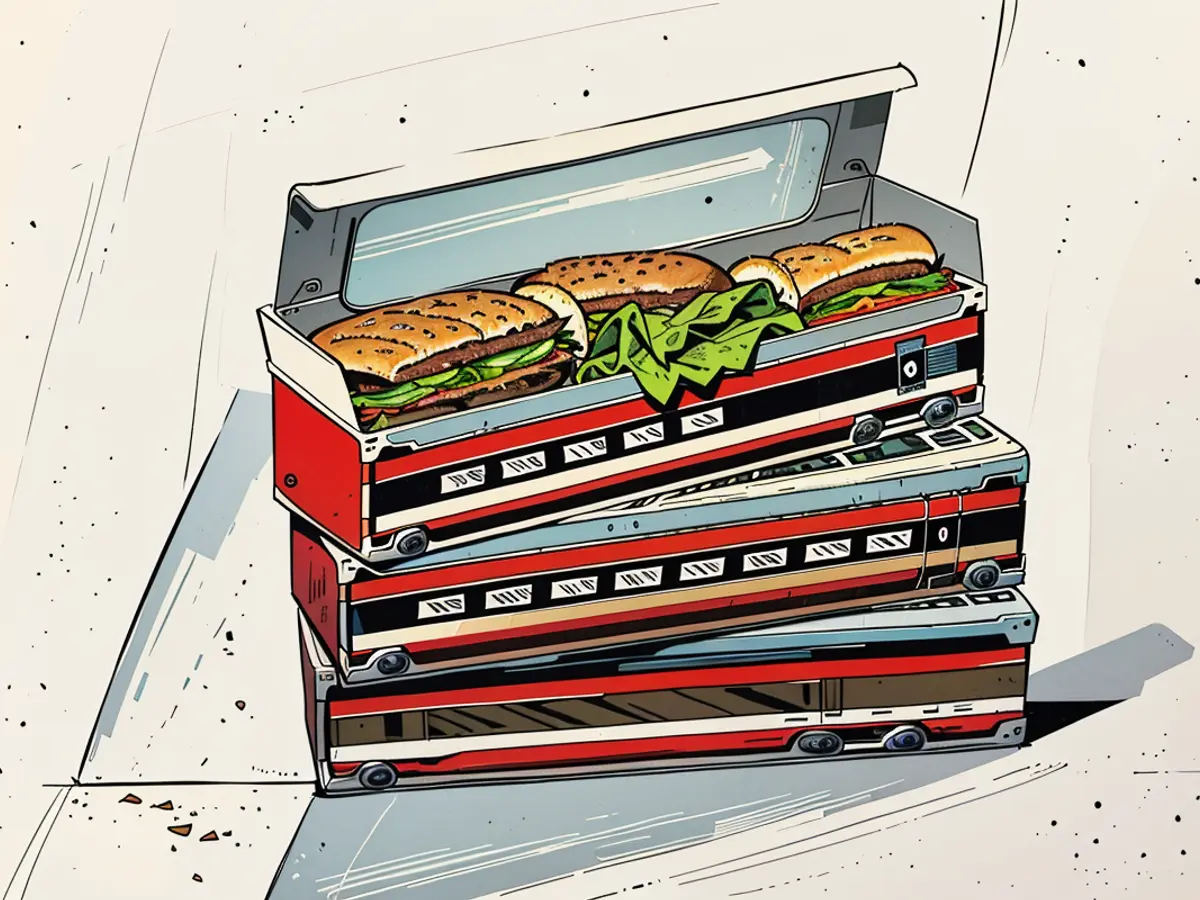
Post-World War II, both railways and their passengers underwent substantial changes. Trains became faster, consequently reducing the spare time passengers had during journeys; the surge in commercial aviation and an extensive increase in private car ownership throughout Europe in the 1950s meant that trains were no longer perceived as the most luxurious mode of transport.
The food production industry also adapted according to the airline model, where food was entirely prepared off-site, eventually being served in disposable plastic compartments with utensils and napkins. In 1956, Wagons-Lits opened a new, modern industrial kitchen equipped with refrigeration systems and meat storage units. Over 250 employees used this facility to prepare food for all departing trains from Paris.
Food slipped down travelers' list of priorities. In turn, Wagons-Lits' offerings shifted from comfort to convenience, including self-service buffet cars offering cheaper, cafeteria-style food. In the 1960s, the company introduced portable "minibars", initially offering 23 items such as sandwiches, that were moved along the train, serving food at eye level to seated passengers.
When it came to food, train operators began selling the concept of modernity and innovation instead of opulence, according to Mettetal. Images from Wagons-Lits' and SNCF's archives, showcased in an exhibition and book, displayed promotional photos that showcased dining areas on express trains like Le Capitole, traveling at over 200 kilometers per hour, with family photos in the foreground.

"This image promotes the idea that dining on a high-speed train is possible," Mettetal explained. "But it also depicts a new type of passenger - a family, comprising a couple and a child, representing a different societal demographic."
By the 1970s and 1980s, kitchens had essentially disappeared from Europe's railroads. Despite the renewed interest in train travel on the continent, dining cars (or at least those with kitchens) are mostly found in tourist services. Many of these services capitalize on nostalgia, like the revived Orient Express, which boasts a dining car that "reinterprets the legacy of the legendary train" on its website, providing an opportunity for passengers to revisit a time when dining on a train was not just luxurious, but the epitome of luxury.
In the new era of rail travel, dining cars became a staple feature, first introduced in America by George Pullman with his President train in 1867. The Delmonico, a dining-only car named after a famous New York restaurant, followed, marking a significant shift in traveling experiences.
As rail travel continued to evolve, Georges Nagelmackers, a Belgian civil engineer, took dining cars to unprecedented levels of luxury. His Compagnie Internationale des Wagons-Lits (CIWL) revolutionized European rail travel in the 1870s with glamorous dining and saloon cars, eventually becoming synonymous with luxurious train travel across mainland Europe.
